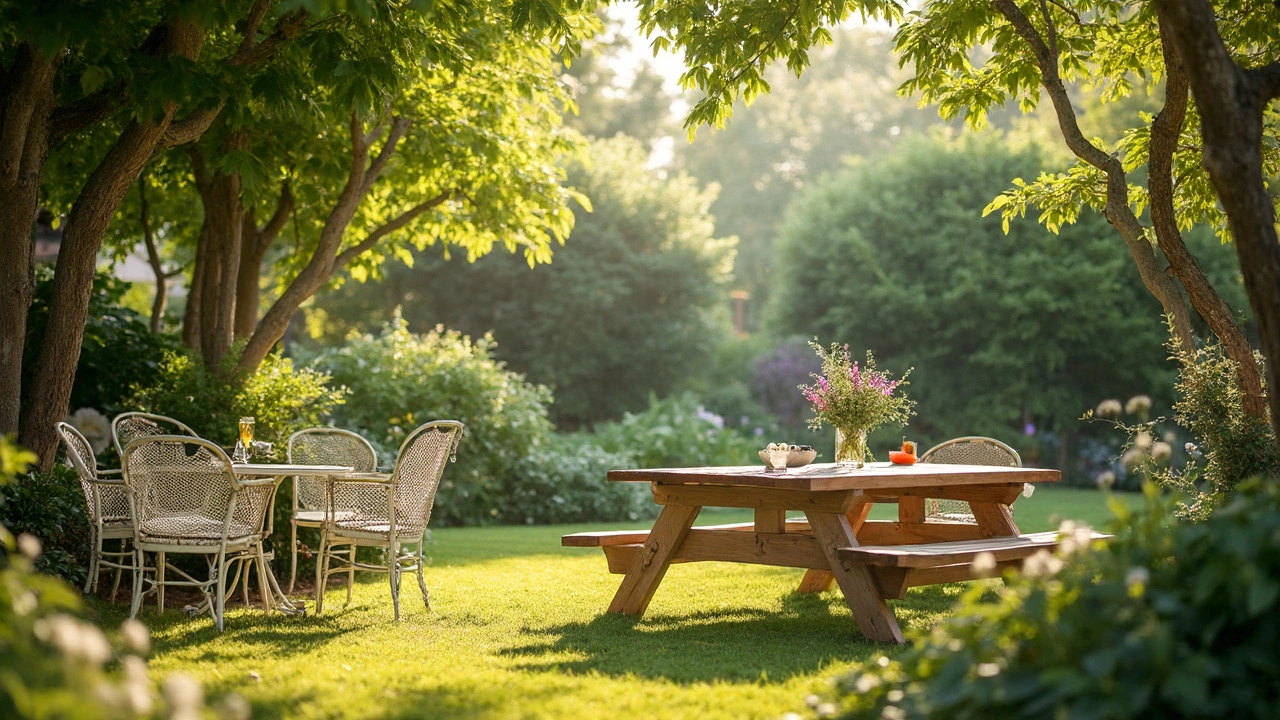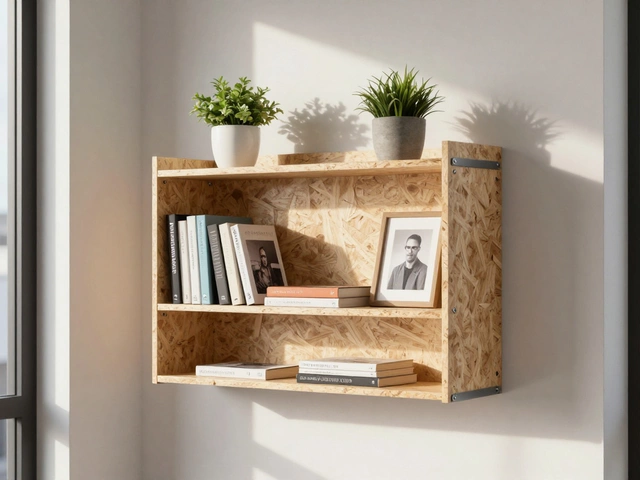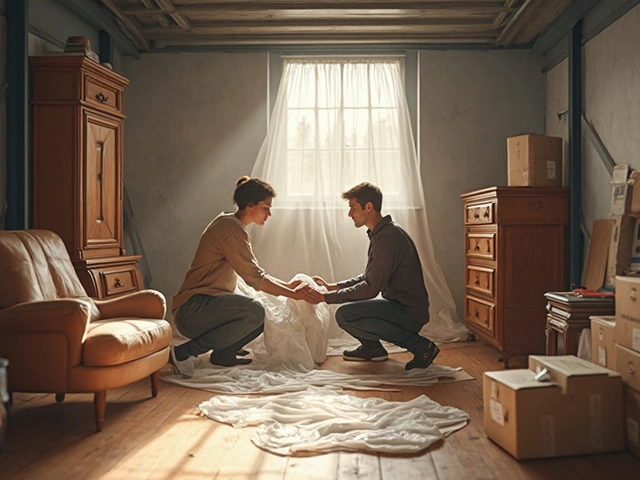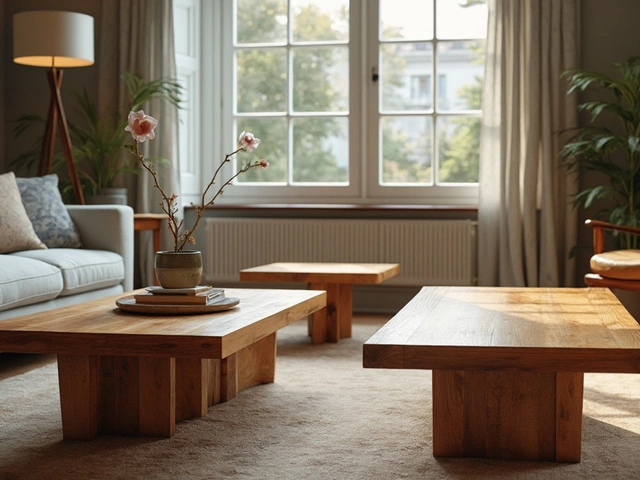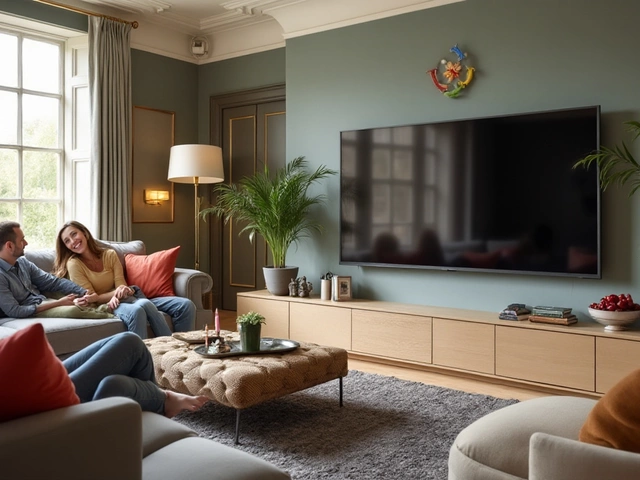Best Outdoor Material: What Works Best for Outdoor Furniture
If you’re buying or fixing up outdoor furniture, the material matters more than the color. A good material will stand up to rain, sun, and heavy use without turning brown or breaking. Below you’ll get straight‑forward advice on the top materials and how to pick the right one for your garden, patio, or balcony.
Top Materials for Outdoor Furniture
Teak. Teak is a dense hardwood that naturally resists water and insects. It ages to a lovely silver‑grey if you leave it untreated, or you can keep the golden look with oil every few months. It’s pricey but worth it for a long‑life piece.
Cedar. Cedar is lighter than teak and has a pleasant scent. It’s less dense, so it weathers a bit faster, but a simple sealant will keep it looking fresh for years. Good for budget‑friendly sets.
Aluminum. Aluminum frames are rust‑proof and lightweight. They won’t bend in strong winds and can be powder‑coated in any colour you like. Pair them with fabric cushions that have UV‑stable covers.
Steel. Galvanized or powder‑coated steel is super strong, perfect for modern designs. It can be heavier, so it stays put in windy spots, but you’ll need a good rust‑resistant finish to avoid corrosion.
WPC (Wood‑Polymer Composite). WPC mixes wood fibres with plastic, giving the look of wood without the rotting problem. It’s low‑maintenance – a wash with soap and water is enough.
Rattan / Synthetic Rattan. Natural rattan looks great but needs a roof or cover. Synthetic rattan (resin‑woven) mimics the look while handling rain and UV rays better. It’s ideal for lounge sets.
Stone & Concrete. For tables or benches, stone and concrete are ultra‑durable. They’re heavy and can crack in freeze‑thaw cycles, so they work best in milder climates.
How to Pick the Right Material for Your Space
First, think about climate. If you live where it rains a lot, choose teak, cedar, or a metal with a good coating. For hot, sunny spots, pick UV‑stable fabrics and materials that don’t fade, like aluminum or synthetic rattan.
Second, consider maintenance. Do you want a set you can wipe down once a week, or are you happy to oil teak every few months? Low‑maintenance options include aluminum, WPC, and synthetic rattan.
Third, match the look to your home. Modern decks pair well with sleek metal frames, while a cottage garden feels cozier with teak or cedar.
Finally, set a budget. Metal frames are usually cheaper than solid hardwood. If you need a high‑end feel without the cost, WPC offers a wood vibe at a lower price.
When you know the climate, care level, style, and budget, you can narrow down the material list quickly. Test a small piece if you can – sit on a chair, feel the weight of a table, or ask the retailer about the warranty.
Choosing the best outdoor material isn’t rocket science. Stick to these practical points, and you’ll have furniture that looks good and lasts for years, no matter how wild the weather gets.
